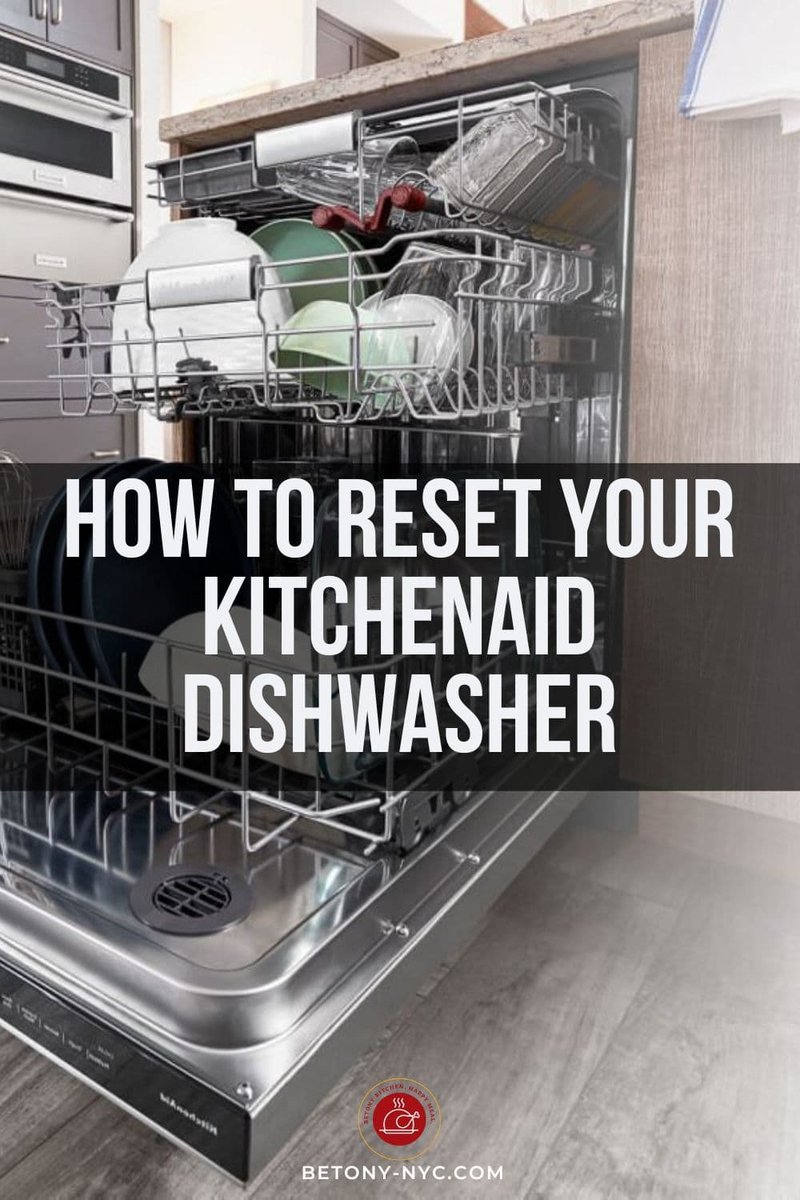
Understanding KitchenAid Dishwasher Error Code E3
So, what exactly is this Error Code E3? In the world of KitchenAid dishwashers, this code indicates a failure in reaching the proper water heating temperature. Imagine trying to wash your greasy pots with cold water—it’s not very effective, right? That’s exactly what your dishwasher is struggling with when this error appears. It’s essentially saying, “I tried to heat the water, but something went awry.”
Now, why does this happen? The usual suspects can range from a faulty heating element to a malfunctioning thermostat. Think of these components as the heart and brain of your dishwasher’s heating system. If either of them has a problem, you’ve got a recipe for lukewarm dishes. Sometimes, the issue could be as simple as a temporary glitch, something that a reset might solve. However, other times, it might require a bit more detective work or even a professional’s touch.
Here’s the deal: before you panic or ring up a repair service, consider trying a manual reset. It could save you time and money if the problem is just a quirky hiccup. Plus, it’s one of those tasks that you can accomplish without a toolbox or any technical know-how.
How to Reset Your KitchenAid Dishwasher
Ready for the reset? It’s easier than you might think. Resetting your KitchenAid dishwasher is kind of like rebooting your computer. Sometimes, when your computer is acting up, you just turn it off and back on again, right? The same principle applies here.
First, locate the power button or switch—usually found on the control panel or by unplugging the unit from the wall socket. Press the “Off” button or physically pull the plug. Leave it turned off for a few minutes; this downtime allows the internal systems to fully reset. After a short wait, power the dishwasher back on by pressing the “On” button or plugging it back in.
Once your dishwasher is back up and running, keep an eye out for the error code. With a bit of luck, this reset might just do the trick. If the E3 code has vanished, your dishwasher should get back to its regular dish-washing duties without further ado. However, if the error persists, it might be time to dig deeper into underlying issues—or consult a professional.
What To Do If The Error Code E3 Persists
So, you’ve tried resetting, and the E3 code stubbornly remains. Don’t worry, you’re not out of options yet. Think of this scenario like a persistent headache; if a nap doesn’t help, you start considering other remedies. Similarly, we need to explore what else could be happening with your dishwasher.
Start by checking for visible damage or signs of wear around the heating element and the thermostat. These components are the prime suspects in most E3 cases. If they look broken or burned out, they might need replacement. Sometimes, mineral build-up might impede proper functioning, a common issue in areas with hard water.
Suppose you aren’t comfortable examining these parts yourself. In that case, calling a technician is a sensible next step. They can perform diagnostic checks to pinpoint the problem—like using a stethoscope to hear what’s happening inside the body of your dishwasher. While waiting for professional help, consider manually washing your dishes to ensure cleanliness and hygiene.
Preventing Future Error Codes in Your Dishwasher
Nobody wants to deal with error codes, right? They’re like uninvited guests that show up at the worst times. Fortunately, there are ways to keep that pesky E3 at bay. Regular maintenance and a few thoughtful practices can make all the difference.
First off, proper loading techniques help ensure your dishwasher runs smoothly. Think of it like packing a suitcase; a well-organized load prevents clogs and promotes efficient water flow. Additionally, running a monthly cleaning cycle using a dishwasher cleaner can help eliminate build-up that might affect performance.
To protect the heating elements, consider installing water softeners if you live in a hard water area. This simple addition to your piping can prevent scale build-up and prolong the life of your machine’s heating system. Keeping the components clean and in good condition reduces the chances of encountering error codes and ensures your dishwasher’s longevity.
In summary, while a reset can sometimes solve your problems with a KitchenAid dishwasher Error Code E3, understanding the underlying causes and employing preventative measures are invaluable for a happy, smoothly running appliance. If problems persist, don’t hesitate to seek professional assistance to ensure your dishwasher continues to perform effectively and efficiently.